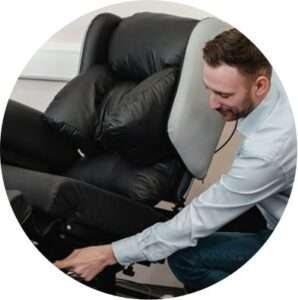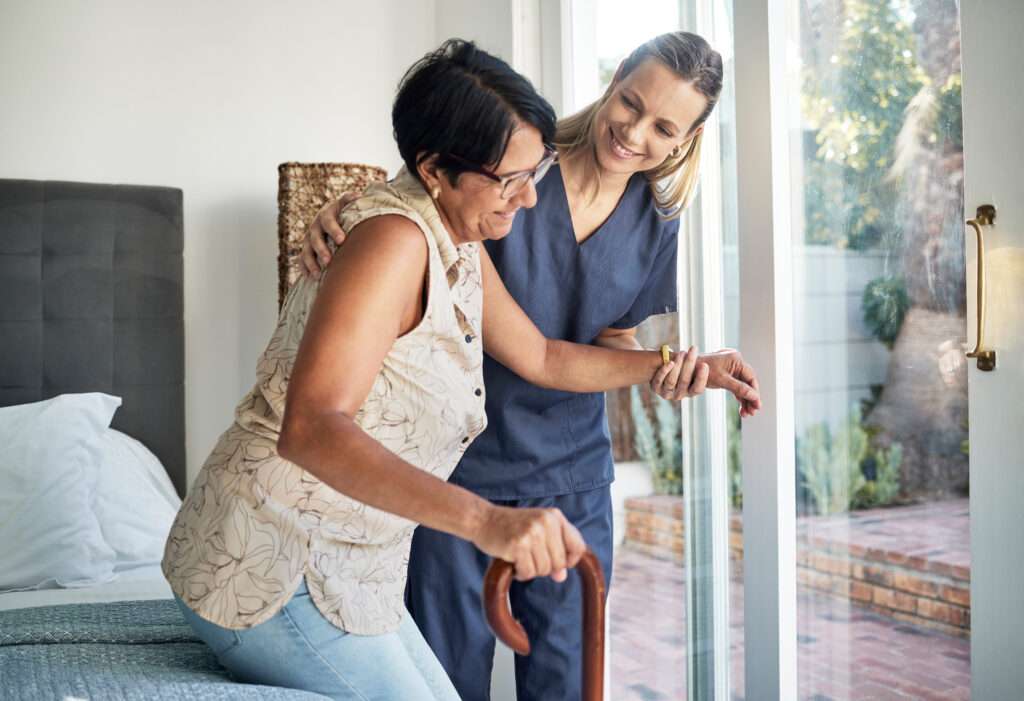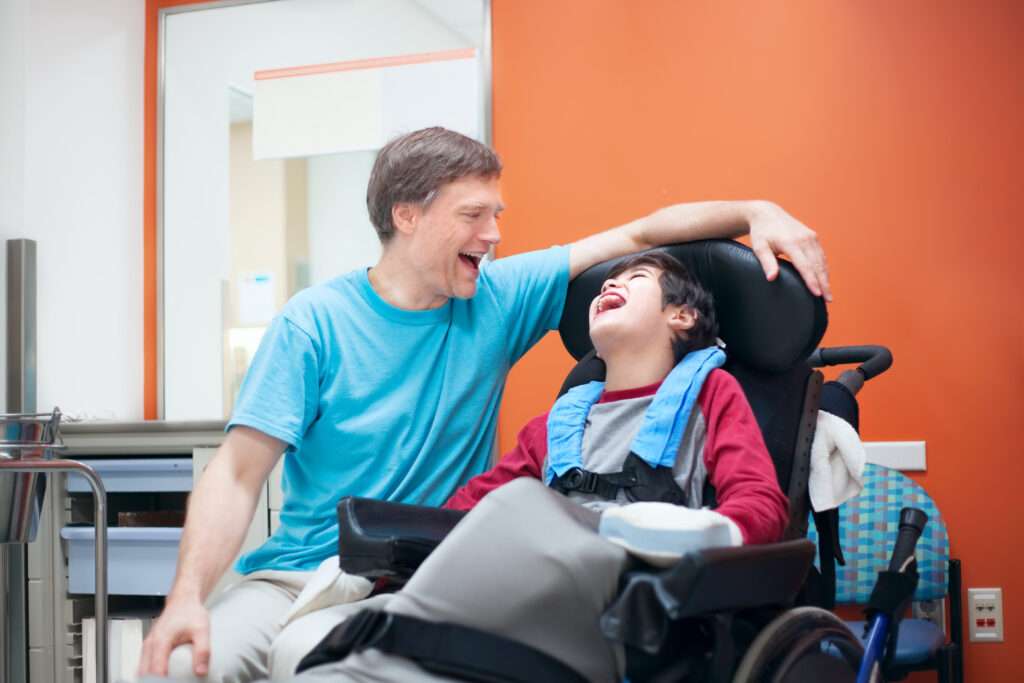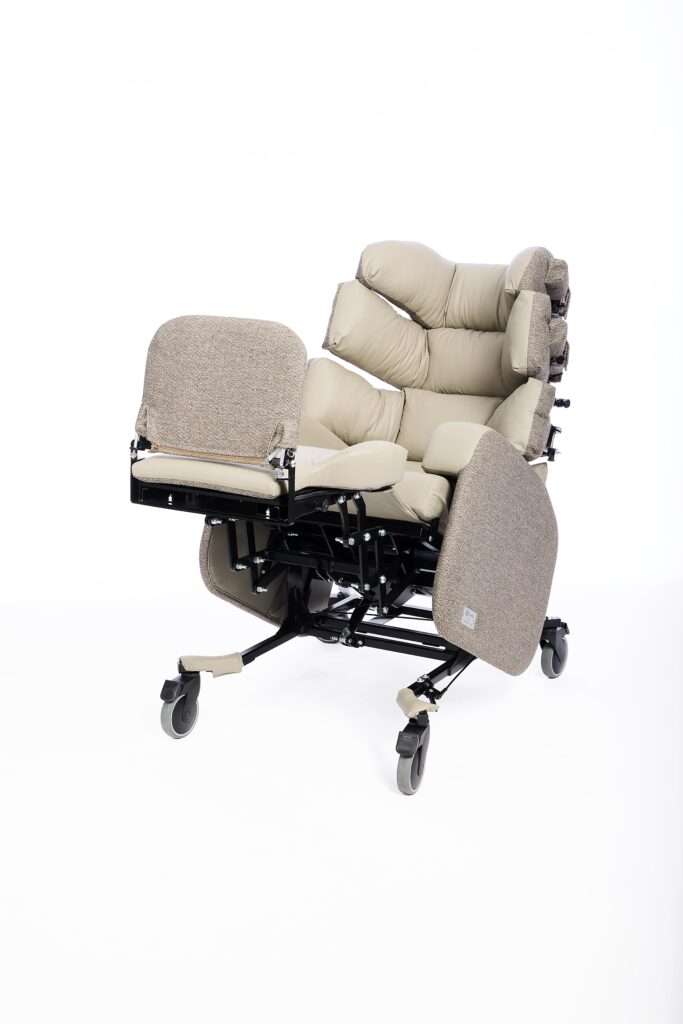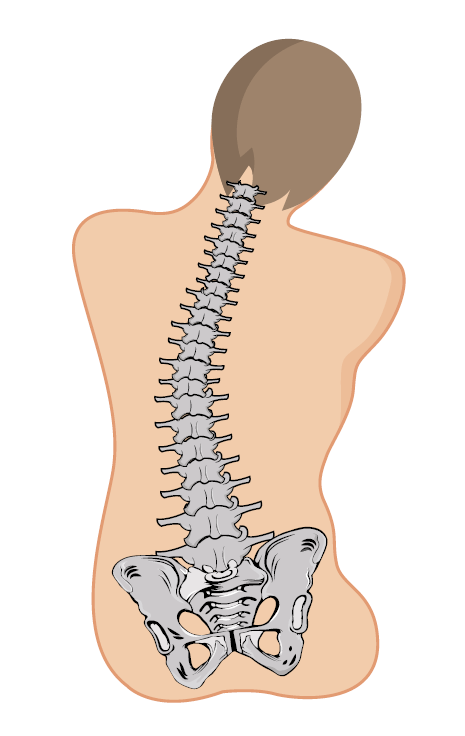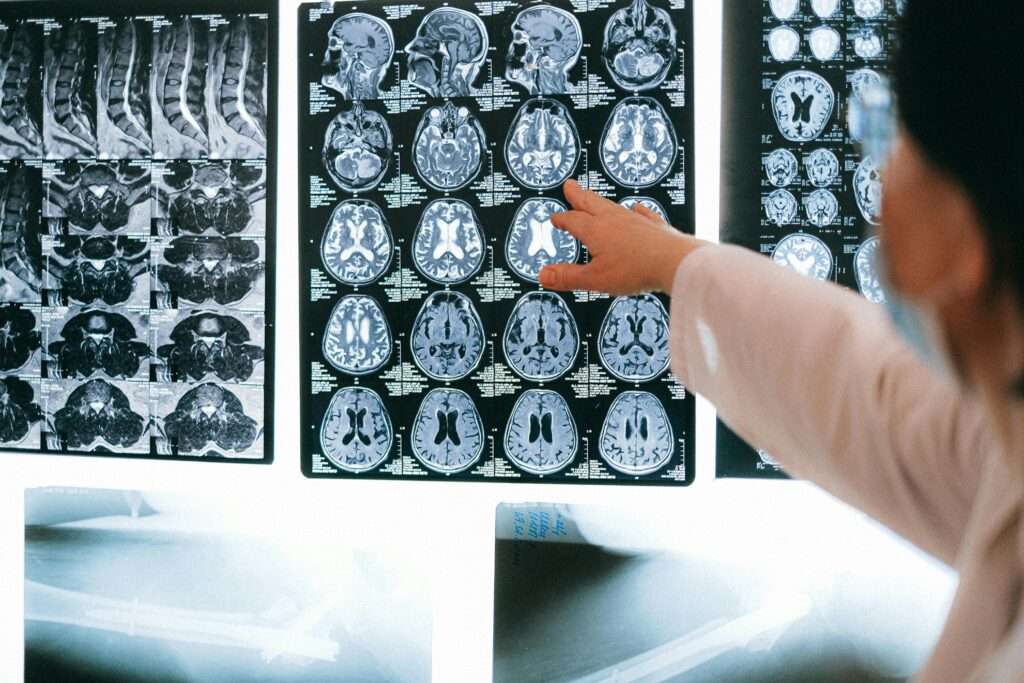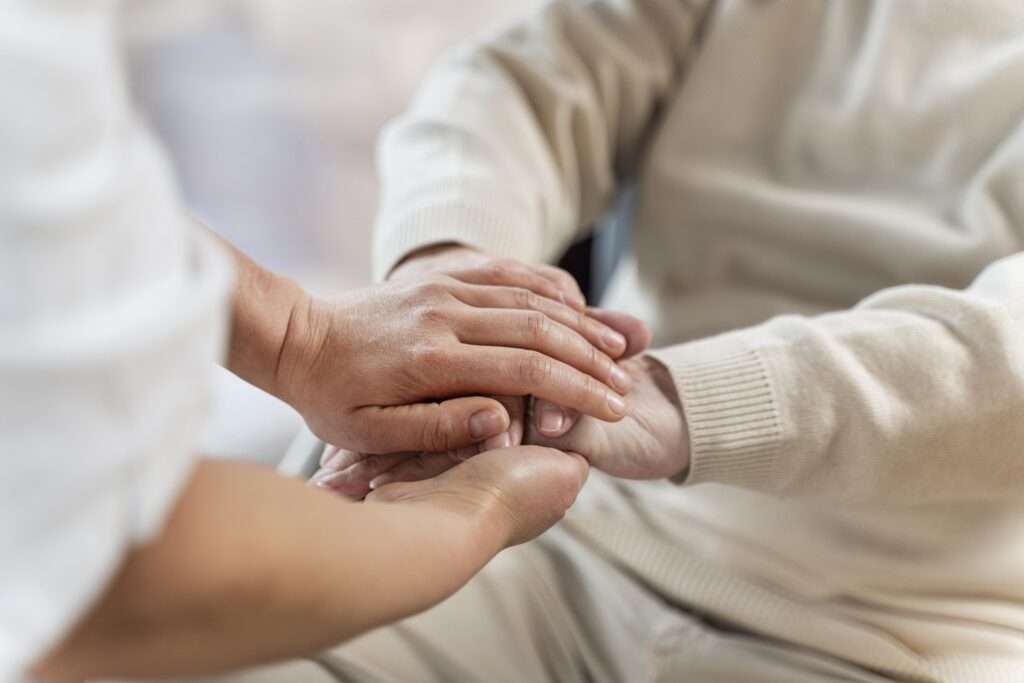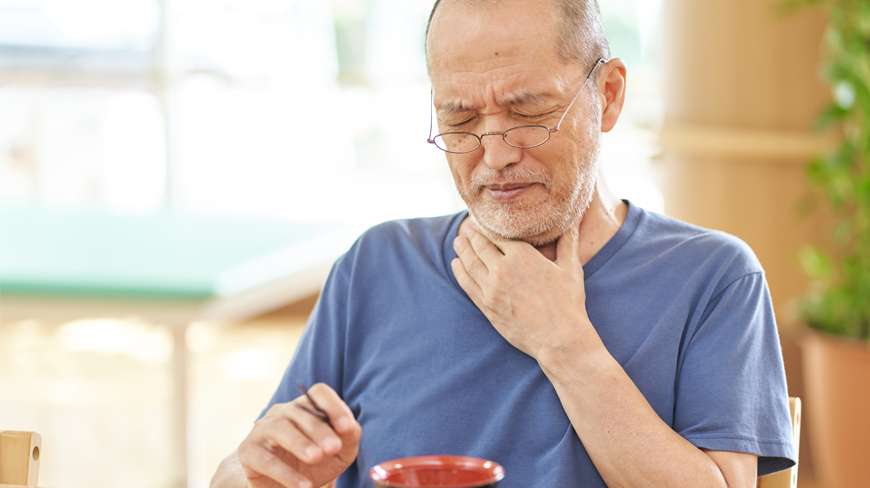Postural Tachycardia Syndrome (PoTS) and Dysautonomia are both disorders of the nervous system that can cause a range of uncomfortable and debilitating symptoms.
One aspect of both these conditions is difficulty standing up or sitting down due to dizziness, fainting, and poor balance. These symptoms can make everyday activities such as rising from a chair or sitting down after walking potentially hazardous.
This article looks at how PoTS and Dysautonomia affect posture and mobility, and seating features that can best support people living with these conditions.
Jump straight to…
What is Postural Tachycardia Syndrome (PoTS)?
Postural Tachycardia Syndrome (PoTS) is where a person’s heart rate increases excessively when moving from a lying or sitting position to standing. This abnormal increase in heart rate can cause a range of symptoms, including:
- Feeling dizzy/light-headed
- Fainting
- Heart palpitations
- Shortness of breath
- Fatigue and brain fog
- Nausea and shaking
It’s not clear what causes this condition, and the symptoms can be similar to other problems such as high blood pressure and fatigue.
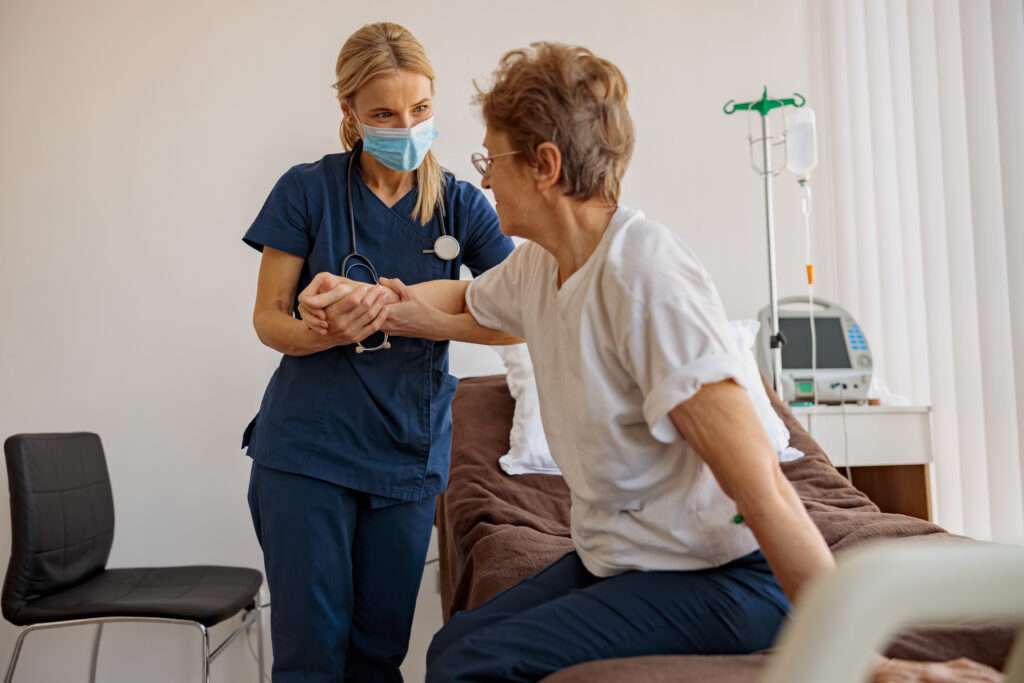
How does PoTS Affect Sitting and Standing?
Dizziness and feeling faint when standing up from a chair can make falling more likely. Fortunately, with riser recliners and specialist seating, provision can be made to make the user feel more stable when getting up out the chair.
Transitions between sitting and standing must be carefully managed with PoTS. Specialist seating solutions, such as riser recliner chairs or chairs with adjustable tilt and lift mechanisms can be extremely beneficial. These features help the user change position gradually, making them feel more stable and giving them more time to adjust to physiological changes in the body.
Although symptoms of PoTS are usually associated with standing, they can be triggered by periods of prolonged sitting due to poor blood flow to the brain.
What is Dysautonomia?
Dysautonomia is a disorder that affects the Autonomic Nervous System (ANS), and has varying levels of severity. The ANS regulates the body processes that happen automatically, such as blood pressure, breathing, digestion, and heart rate. Dysautonomia can affect some of these processes and lead to fainting, fatigue and dizziness. Symptoms of dysautonomia can vary widely, depending on the severity of the disorder.
How does Dysautonomia Affect Sitting and Standing?
Fainting when standing up, balance problems and tachycardia (fast heart rate) are all common symptoms of this disorder, which mirror the symptoms of PoTS. People with Dysautonomia often experience challenges with mobility and balance that can be supported with the right seating interventions.

What Seating Features Can Help with These Conditions?
Specialist seating can play a vital role in supporting people with PoTS and Dysautonomia. Features within the chair itself such as graded stand controls the sit-to-stand process, as well as seating accessories like stand aids, to stabilise the patient as they stand up.
Graded Stand
With a graded stand mechanism, the tilt and rise operate as separate movements, and the angle of tilt can be altered with VAL (variable angle lift). This allows the patient to be lifted from the chair very gradually and keeps them supported as they rise.
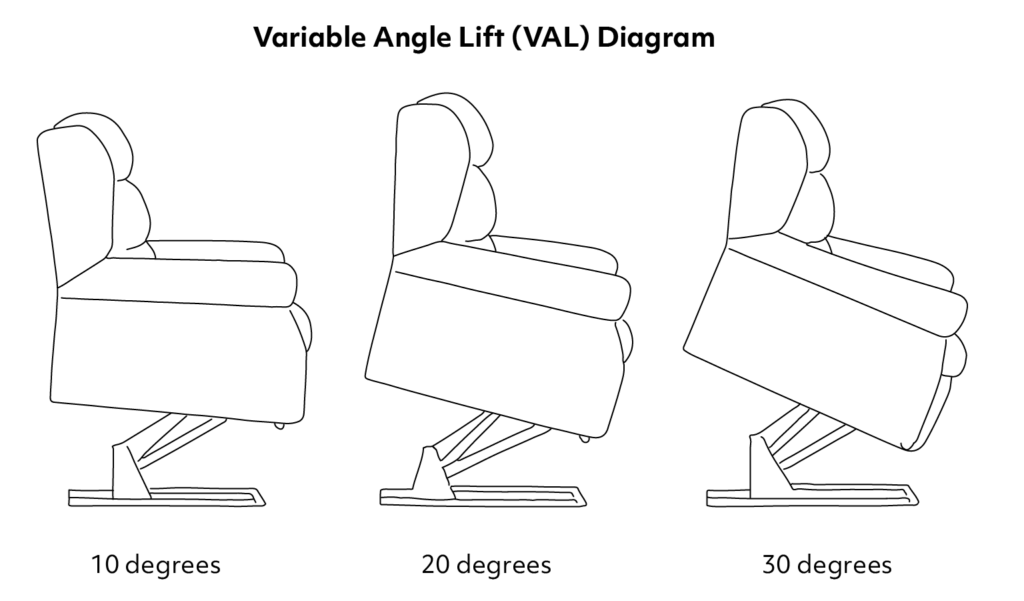
Wooden armrests
Wooden armrest knuckles are popular with rise recline armchairs, giving the user something secure to grip onto when standing up.
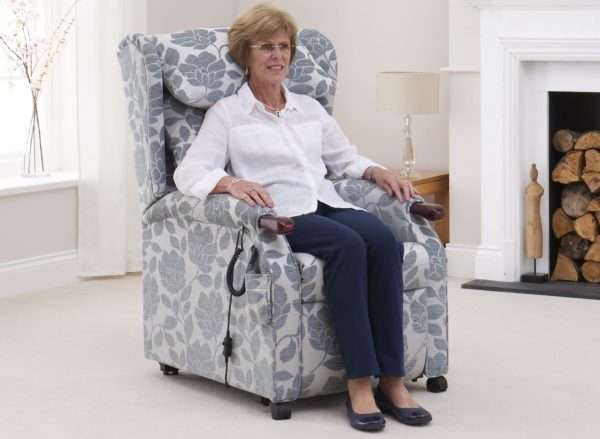
Wooden armrest knuckles
Stand aids
For users who need extra assistance, stand aids such as the Stand Assist have a grab bar at the front and support the patient from behind as they get out of the chair. This keeps them secure as they stand and allows them to be safely transferred to another device.
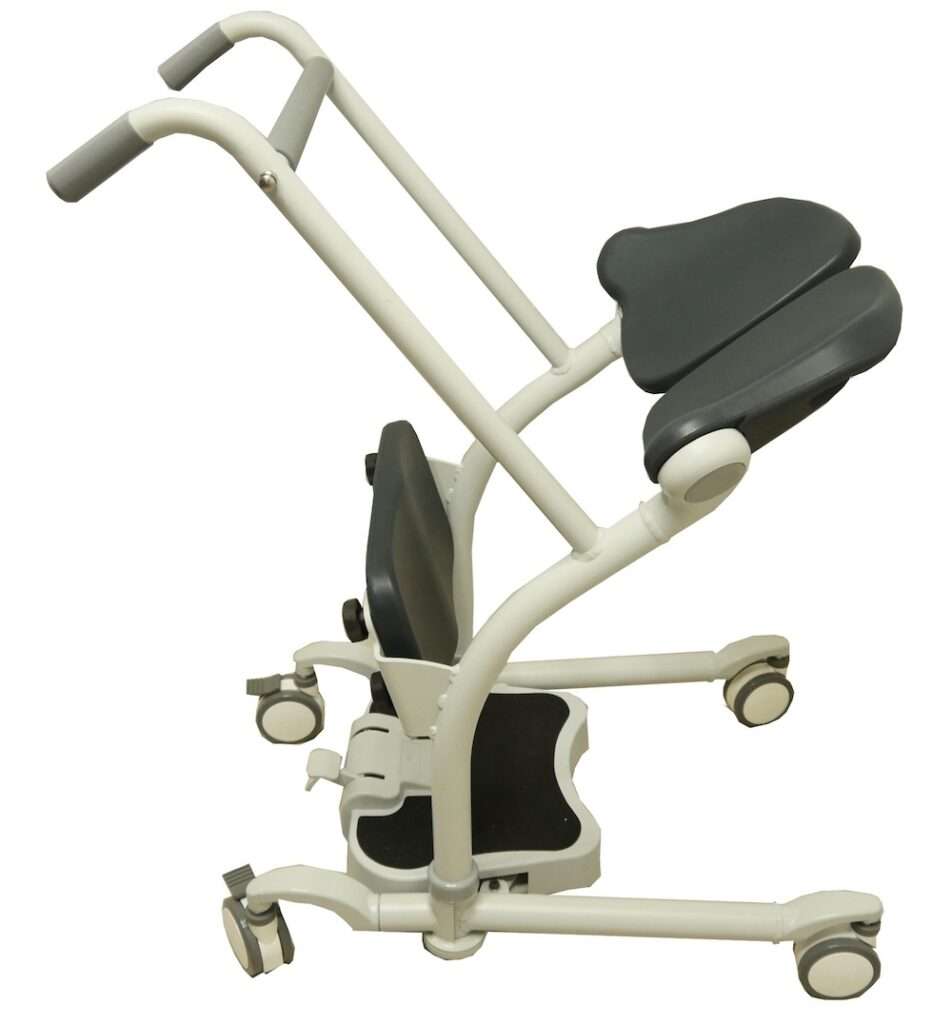
Tilt in Space
If patients with PoTS are prone to fainting during sitting, then using the tilt-in-space function to recline them back will keep them safe in the chair and prevent them falling or sliding out if they feel faint.
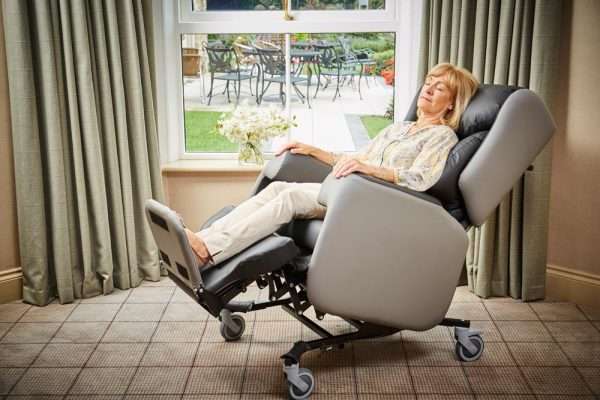
Leg Elevation
The leg elevation function can be used in combination with tilt-in-space to help circulation and return blood flow to the heart and brain, resolving symptoms if they have a fainting episode.
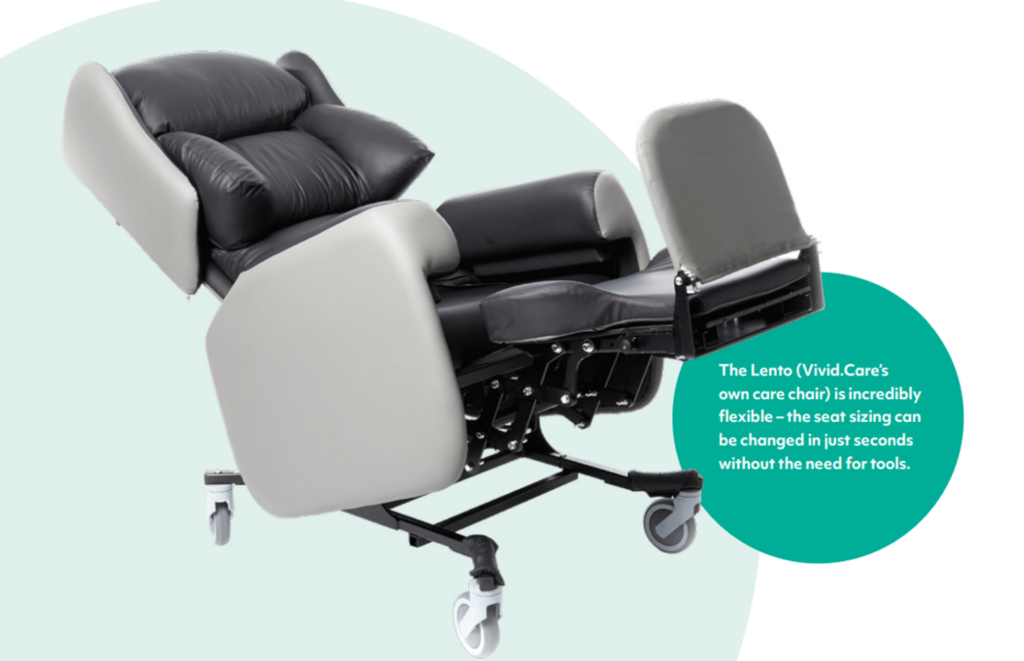
Seating Examples
The Lento Mobile has a vertical rise function which lifts vertically at first, then gradually tilts them forward. This keeps the patient as upright as possible in the chair, before reaching a position where they are confident to move into a standing position and make contact with the floor.
The independent backrest movement can also be used to open out the backrest while the person is standing, to give them as much room as possible to straighten up and steady themselves as they stand.
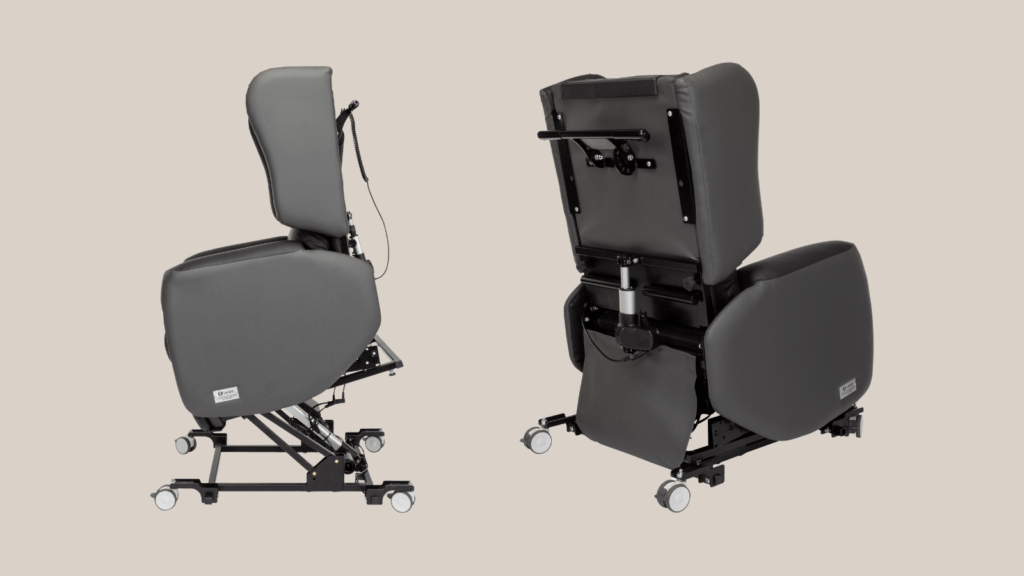
Lento Mobile – vertical rise
The Lento Bariatric 40 and 50 stone models both have graded vertical rise, to help bariatric patients rise safely and comfortably without losing balance or straining joints.
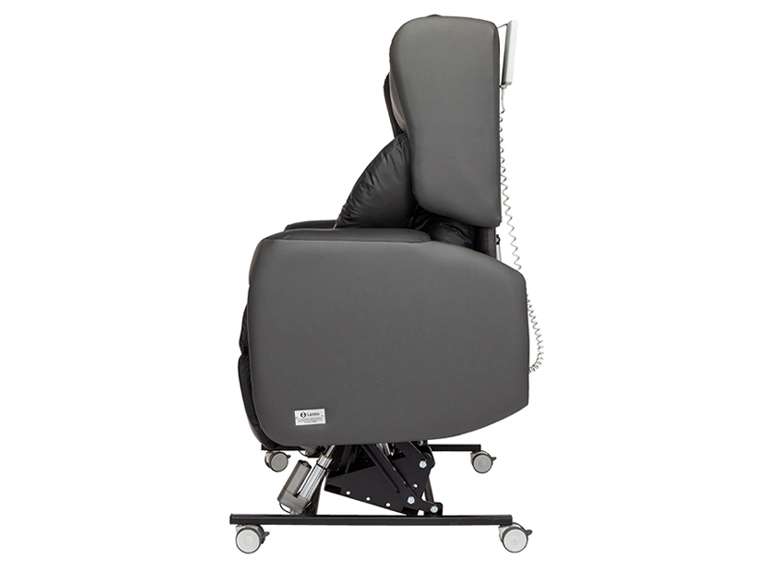
Lento Bariatric rise & recliner – vertical rise
Additional Tips for Safe Sitting and Standing
These additional techniques can help people with PoTS and dysautonomia when sitting and standing:
- Avoid sudden movements. Rise slowly from the chair and allow a few moments to steady yourself before walking forwards.
- Keep hydrated. Dehydration can worsen symptoms of PoTS and Dysautonomia, so keep water to hand.
- Use foot support. Placing feet flat on the floor or footplate can improve circulation and posture. The footplate on the Lento Care Chair is height and angle adjustable, so can be tailored to the user.
- Ensure the right seat height. A seat that’s too low makes standing harder, while one that’s too high may cause instability.
- Reach out to an OT. An Occupational Therapist can assess your needs and recommend the most suitable seating and aids.
Conclusion
Living with PoTS or Dysautonomia presents daily challenges, especially during simple actions like sitting or standing. However, seating mechanisms and proper support equipment can make a big difference in giving safety, confidence, and independence.
Riser recliners, graded stand mechanisms, and supportive armrests all work together to reduce the risk of falls, and make transitions smoother and more controlled.



